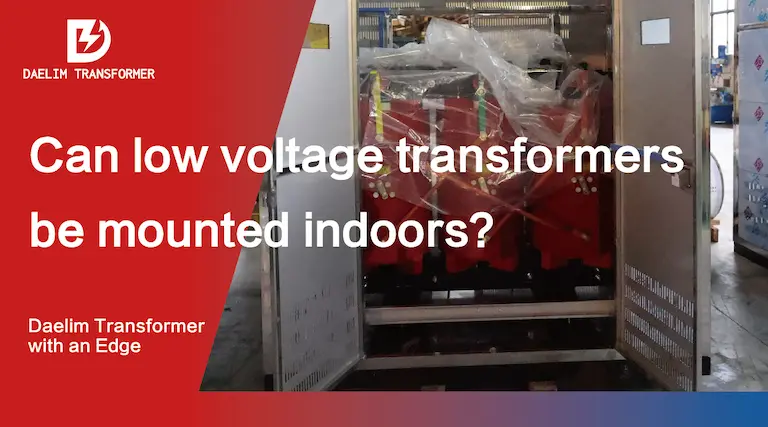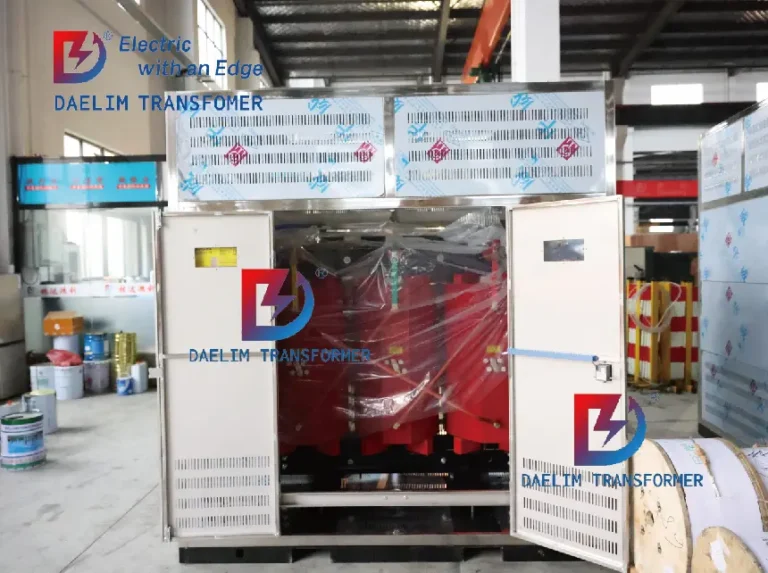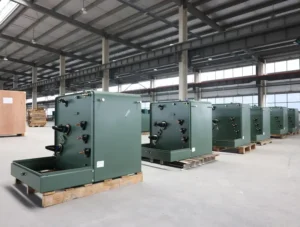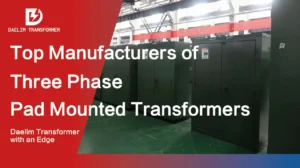can low voltage transformers be mounted indoors?

Low voltage transformers are versatile devices essential for various applications, including indoor installations. While typically used outdoors, they can be mounted indoors with proper precautions, ensuring safety and compliance with regulations. This guide provides practical insights into the indoor use of low voltage transformers, focusing on implementation and usability.
Key Takeaways
Indoor Installation Possible: Low voltage transformers can be mounted indoors if safety precautions, such as proper ventilation, accessibility, and fire safety, are met.
Compliance is Crucial: Adherence to regulations, including the National Electrical Code (NEC) and local building codes, is essential for safe and legal indoor installation.
Practical Tips Enhance Safety and Usability: Use appropriate enclosures, ensure noise reduction, and allocate sufficient space around the transformer for effective indoor use.
These considerations ensure that low voltage transformers operate safely and efficiently in indoor environments.
Skid Mounted Transformer(Small-substastion Transformer)
Single Phase Pole Mounted Transformer
Oil Immersed Power Transformer
Table of Content
What is the Low Voltage Transformer?
Low voltage transformer is primarily used to step down high voltages to safer, more manageable levels for residential, commercial, and industrial applications. These transformers are designed to operate efficiently under specific conditions, including both indoor and outdoor settings.
Can Low Voltage Transformers Be Mounted Indoors?
Yes, low voltage transformers can be mounted indoors, provided that certain safety measures and regulations are adhered to. The indoor installation of these transformers requires careful planning and considerations, including proper ventilation, fire safety measures, and compliance with local building codes and standards.

Safety Considerations for Indoor Installation
When installing low voltage transformers indoors, it’s crucial to ensure the environment meets specific safety requirements. Key considerations include:
- Ventilation: Proper airflow is essential to prevent overheating. Low voltage transformers should be installed in well-ventilated areas to maintain optimal operating temperatures.
- Accessibility: Easy access for maintenance and inspection is vital. Transformers should not be placed in confined or hard-to-reach spaces.
- Fire Safety: Installations should include fire-resistant enclosures or barriers to mitigate the risk of fire hazards.
Regulatory Compliance for Indoor Use
Compliance with regulations is mandatory when mounting low voltage transformers indoors. Relevant standards include:
- National Electrical Code (NEC): The NEC provides guidelines on the installation of electrical components, including transformers, to ensure safety and reliability.
- Local Building Codes: These may impose additional requirements based on the specific location and building type.
Practical Tips for Indoor Mounting of Low Voltage Transformers
For effective indoor mounting of low voltage transformers, consider the following practical tips:
- Use Proper Enclosures: Enclosures protect the transformer from dust, debris, and accidental contact, enhancing safety.
- Noise Reduction: Transformers can generate noise during operation. Acoustic dampening or placing the transformer in sound-proofed areas can help minimize disturbances.
- Space Allocation: Ensure there is sufficient space around the transformer for heat dissipation and future maintenance work.
By following these guidelines and prioritizing safety, low voltage transformers can be successfully mounted indoors, offering a reliable solution for power distribution needs.
Get it now: What is a Skid Mounted Transformer?











